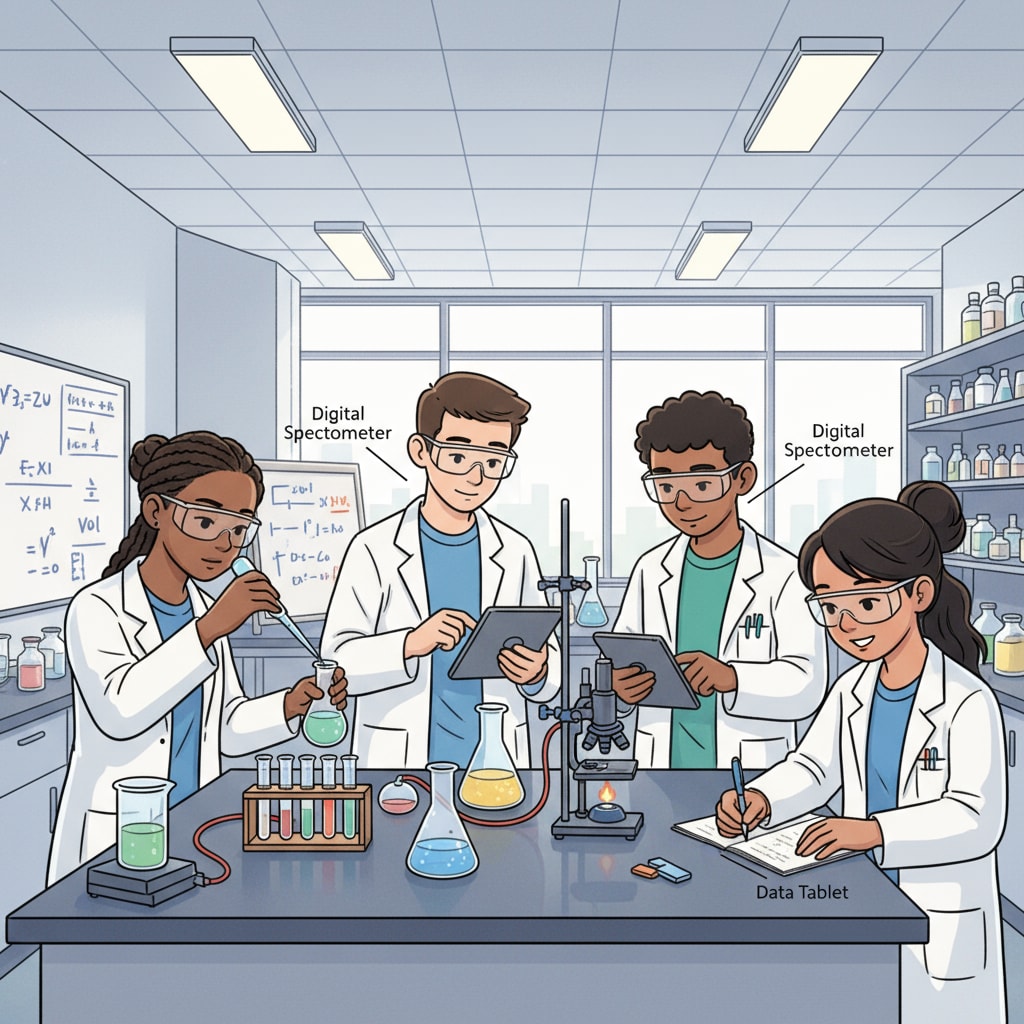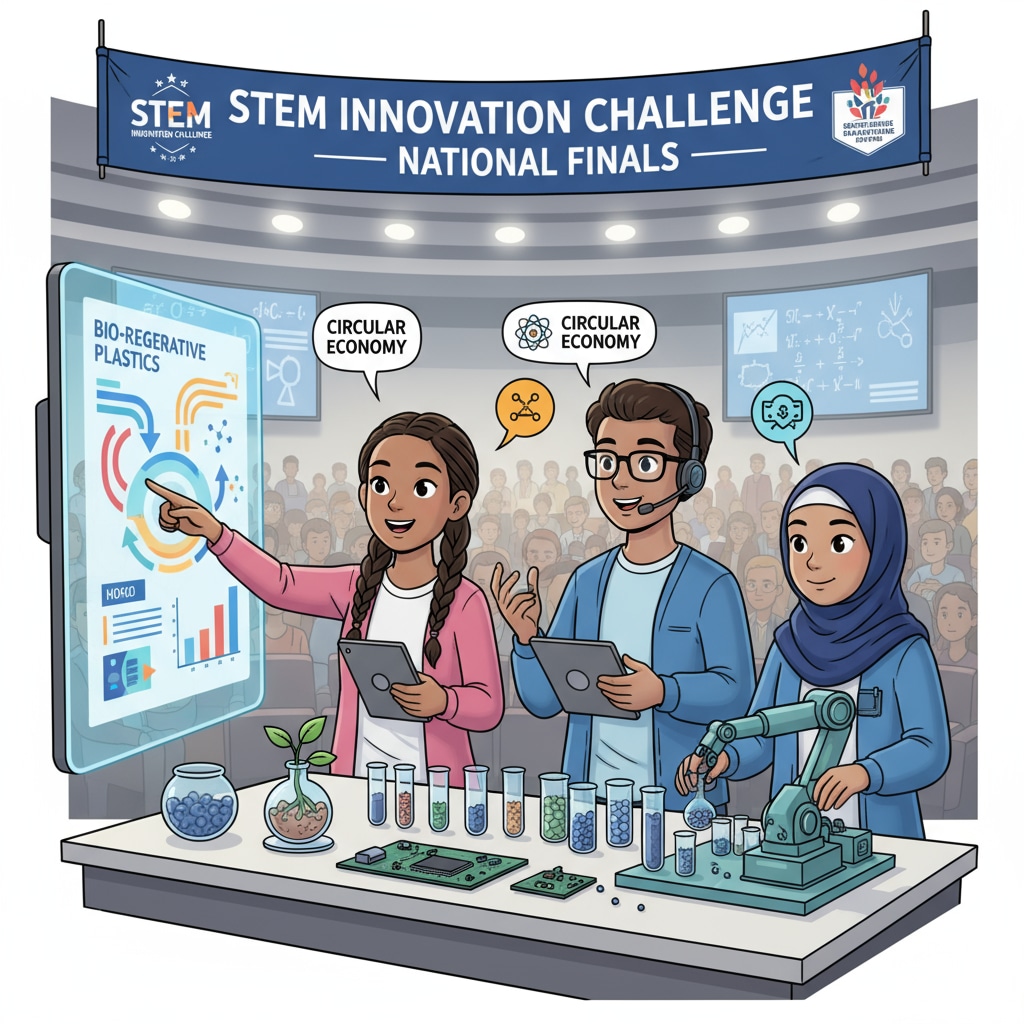When it comes to college applications in STEM fields, extracurricular activities play a crucial role. These activities not only showcase your passion for STEM but also highlight your practical skills and social responsibility. In this guide, we’ll explore various extracurricular and volunteer opportunities that can enhance your college application.

Science Olympiad and Competitions
Participating in Science Olympiad or other STEM-related competitions is an excellent way to demonstrate your academic prowess. Competitions like the International Science and Engineering Fair (ISEF) allow you to showcase your research skills. For example, students who participate in these events often conduct in-depth research projects. Science Olympiad on Wikipedia provides more information on the different events and how to prepare.

Research Internships
Securing a research internship at a local university, research institution, or company can give you hands-on experience in your chosen STEM field. You’ll get to work alongside professional researchers and contribute to real projects. For instance, some internships involve working on cutting-edge technology research. Research on Britannica offers insights into the importance of research in STEM.
Volunteer work also has a significant impact on your college application. It shows your sense of social responsibility and your ability to work in a team. There are many STEM-related volunteer opportunities available.
STEM Tutoring Programs
Volunteering as a tutor in STEM subjects, such as math or science, can be rewarding. You can help younger students develop an interest in these fields. This not only benefits the students you’re tutoring but also showcases your leadership skills. For example, you could volunteer at a local community center or after-school program.
In addition to these, joining STEM clubs or organizations at your school can also be beneficial. These clubs often organize various activities and events that allow you to connect with like-minded students.
Readability guidance: We’ve used short paragraphs and lists to summarize key points. Each H2 section provides a clear focus. The passive voice and long sentences have been kept to a minimum, and transition words have been added throughout the article for better flow.


